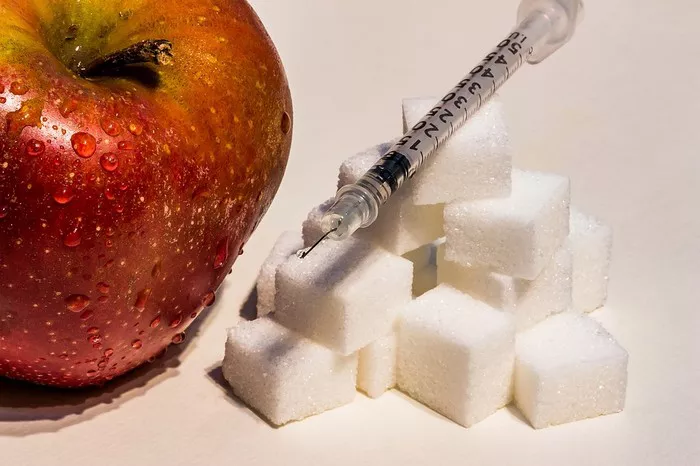When it comes to managing diabetes, dietary choices play a crucial role in regulating blood sugar levels and promoting overall health. For individuals with diabetes, selecting the right types of carbohydrates, including rice, is essential for maintaining stable blood sugar levels and supporting long-term wellness.
In this comprehensive guide, we’ll explore the best rice options for diabetes management, offering insights into their nutritional profiles, glycemic index values, and practical tips for incorporating them into a balanced diet.
Understanding Diabetes and Rice Consumption
Diabetes is a chronic condition characterized by high blood sugar levels resulting from either insufficient insulin production or the body’s inability to effectively use insulin. Carbohydrate-containing foods, such as rice, can significantly impact blood sugar levels, making it crucial for individuals with diabetes to choose carbohydrate sources that minimize spikes in blood glucose levels.
The Importance of Choosing the Right Rice
When selecting rice for diabetes management, it’s essential to consider factors such as the rice’s glycemic index (GI), fiber content, and nutrient profile. The glycemic index is a measure of how quickly a carbohydrate-containing food raises blood sugar levels after consumption. Foods with a lower GI value are digested more slowly, resulting in a gradual increase in blood sugar levels and improved blood sugar control.
Exploring the Best Rice Options for Diabetes
1. Basmati Rice:
Basmati rice is a long-grain rice variety known for its distinct aroma and fluffy texture. It has a lower glycemic index compared to other types of rice, making it a suitable option for individuals with diabetes. Basmati rice also contains some fiber, which further helps slow down digestion and stabilize blood sugar levels.
2. Brown Rice:
Brown rice is a whole grain rice variety that retains its outer bran layer, germ, and endosperm, making it a rich source of fiber, vitamins, minerals, and antioxidants. Unlike white rice, which has been stripped of its bran and germ layers, brown rice has a lower glycemic index and provides more sustained energy, making it a preferred choice for individuals with diabetes.
3. Wild Rice:
Wild rice is not technically rice but rather the seed of a species of aquatic grass native to North America. It has a chewy texture and nutty flavor and is rich in fiber, protein, vitamins, and minerals. Wild rice has a lower glycemic index than white rice and provides more sustained energy, making it a nutritious option for individuals with diabetes.
4. Quinoa:
While not a rice variety, quinoa is a pseudocereal that serves as an excellent alternative to rice for individuals with diabetes. Quinoa is rich in fiber, protein, and essential nutrients, and has a lower glycemic index compared to white rice. It can be cooked and served similarly to rice and offers a unique texture and flavor profile.
Incorporating Rice into a Diabetes-Friendly Diet
When incorporating rice into a diabetes-friendly diet, it’s essential to pay attention to portion sizes, cooking methods, and meal composition to help manage blood sugar levels effectively. Here are some practical tips for including rice in a balanced diabetes meal plan:
1. Watch Portion Sizes:
Pay attention to portion sizes and aim for smaller servings of rice to help control carbohydrate intake and prevent spikes in blood sugar levels. Consider using measuring cups or a food scale to portion out appropriate serving sizes.
2. Pair with Protein and Fiber:
Pair rice with lean protein sources such as grilled chicken, fish, tofu, or legumes, along with plenty of non-starchy vegetables to create balanced meals that provide sustained energy and promote satiety.
3. Opt for Whole Grains:
Choose whole grain rice varieties such as brown rice, wild rice, or quinoa over refined white rice to benefit from their higher fiber content, lower glycemic index, and superior nutritional profile.
4. Experiment with Cooking Methods:
Experiment with different cooking methods such as steaming, boiling, or using a rice cooker to prepare rice, as these methods can affect its texture, flavor, and glycemic response. Avoid adding excessive amounts of oil or salt during cooking.
Conclusion
In conclusion, selecting the best rice for diabetes management involves considering factors such as the rice’s glycemic index, fiber content, and overall nutrient profile. Basmati rice, brown rice, wild rice, and quinoa are excellent choices for individuals with diabetes due to their lower glycemic index, higher fiber content, and beneficial nutrients. By incorporating these rice varieties into a balanced diabetes meal plan and practicing portion control, individuals with diabetes can enjoy delicious and nutritious meals while effectively managing their blood sugar levels and promoting long-term health and well-being.

























